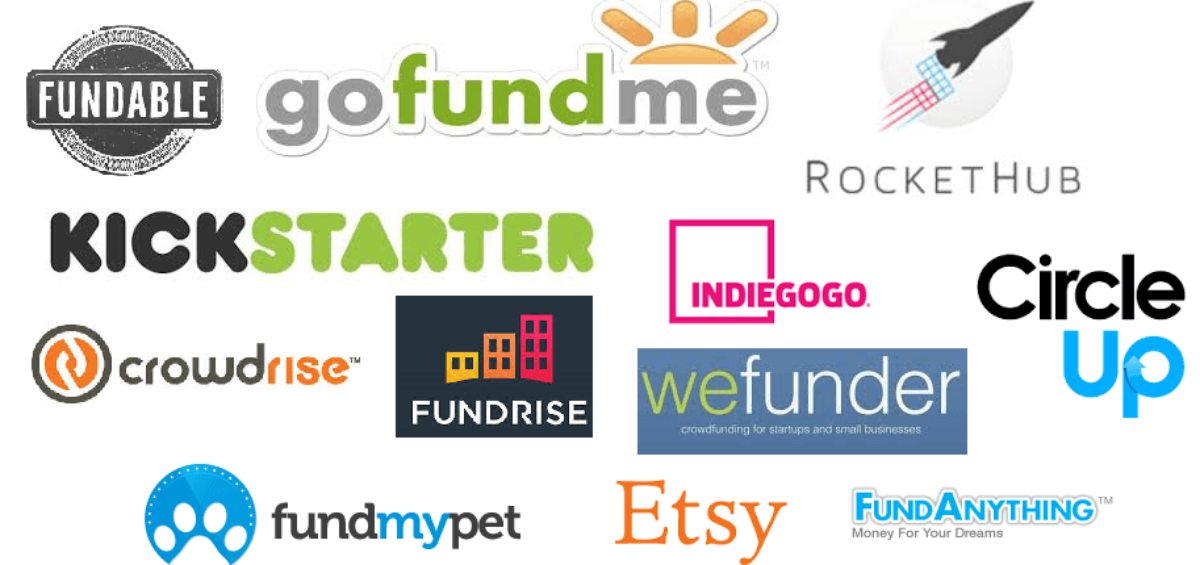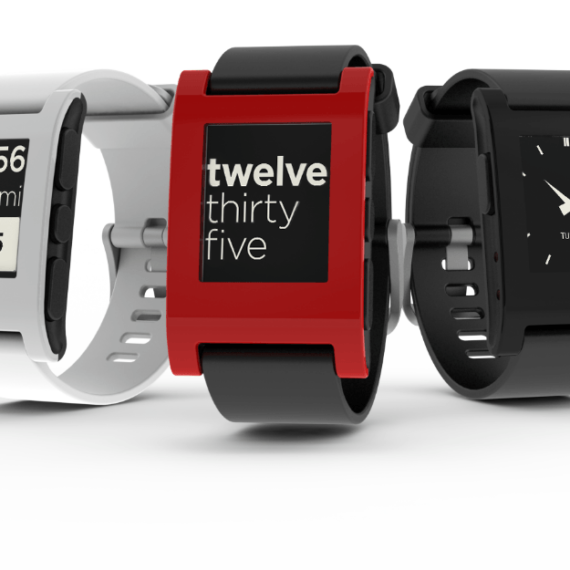If you’ve been on the lookout for funding for a startup project in the last few years, you’ve likely explored crowdfunding – or, more specifically Kickstarter. But there’s a growing number of websites dedicated to finding funds for a creative and entrepreneurial projects, with Kickstarter in the lead. However, not all crowdfunding sites are created equal. Here’s the breakdown on which may be the right one for you.
Kickstarter
In a sentence: Kickstarter has become synonymous for crowdfunding, as the most popular site to find funding for creative projects.
Cost: 5% of funds raised, with an all-or-nothing model that builds urgency but leads to the loss of all funds if the goal isn’t met, plus 3-5% transaction fees
Pros: Name recognition, highest site traffic allows for greater project visibility
Limitations: approval process, limited to creative projects.
Sample Project: Tripsaver: The Ultimate Travel Budgeting App
Indiegogo
In a sentence: This flexible crowd-funding site serves as an open and accessible option for campaigns worldwide.
Cost: On the all-or-nothing plan, 4% of the funds of successful projects go to Indiegogo. On the flexible funding plan, Indiegogo charges 4% if you reach your goal, 9% if you do not reach your goal. Transaction fees are an additional 3%.
Pros: No application process, available in every country, diverse spread of projects
Limitations: More expensive if you don’t reach your goal, but without the urgency of the all-or-nothing plan
Sample Project: Ovo: The First Autoplay Online Video Player and App
RocketHub
In a sentence: This crowdfunding website offers a unique type of visibility through a recent partnership with A&E Project Start Up.
Cost: 4% for completed campaign or 8% for partial campaign, with 4% transaction fees.
Pros: Easy to navigate interface, Success School offers tools for building better projects and businesses
Limitations: Step down in terms of traffic from Kickstarter and Indiegogo
Sample Project: Genome Library
FundRazr
In a sentence: This website is dedicated to raising money for anything from personal causes to nonprofits to entrepreneurial projects.
Cost: 5% for completed or incomplete campaign plus 2.2% +$.030 transaction fees
Pros: Deep social network integration to connect to people in your network, cheap and convenient transaction fees with funds going directly to your PayPal, can be used to fund anything, anywhere
Limitations: More difficult to connect with other entrepreneurers and investors, with less than 5% of projects falling into the category of entrepreneur/creative
Sample Project: Caring for Chris
GoGetFunding
In a sentence: This London based fund-raising site can be used to raise money for anything from paying for pet’s medical bills to creating a short film.
Cost: 3.5% with a keep-what-you-raised model, plus 2.9% transaction fee
Pros: Can be used for public or private projects, anyone can post a project, easy to use
Limitations: Fewer business/entrepreneurial projects
Sample Project: Lizzy’s ProjectWalk Fund
Crowdfunder
In a sentence: This platform blends donation-based and investment crowdfunding models, as well as encouraging online and off-line crowdfunding and collaboration.
Cost: 5%, with an all-or-nothing format, plus 1.9%-5% Amazon FPS Transaction fee
Pros: mixes online and offline crowdfunding, emphasis on businesses’ long-term growth
Limitations: for-profit companies only
Sample Project: Help iOpening Enterprises Grow and Reach More Teens
StartSomeGood
In a sentence: Crowdfunding for social entrepreneurs, as well as nonprofits and other individuals committed to making change.
Cost: 5% for completed campaign, with “tipping point” model, and 3% transaction fees.
Pros: Open globally, supports for-profits, nonprofits and individuals, attracts niche audience by highlighting projects centered on the social good
Limitations: Social good projects only, smaller reach than larger and more diverse websites
Sample Project: Help domestic violence survivors keep their pets
There are plenty more crowdfunding websites emerging on the scene, such as GoFundMe, Ulule and RockThePost. As the market grows, some sites grow more specific, such as Moola Hoop, which is centered on female entrepreneurs, or community-funded reporting site Spot.us. Take time to examine each site to find one that fits your needs in terms of potential funders, the quality of other projects and the site’s usability. Then, get the funds to jump start that project you’ve been waiting for.
Source: Forbes






